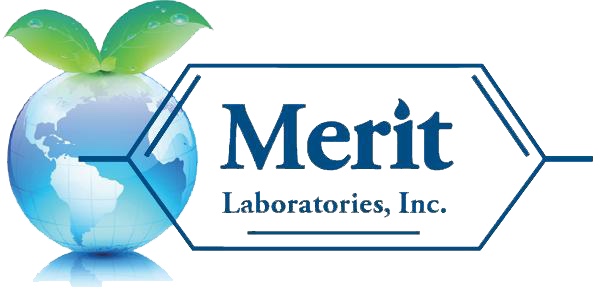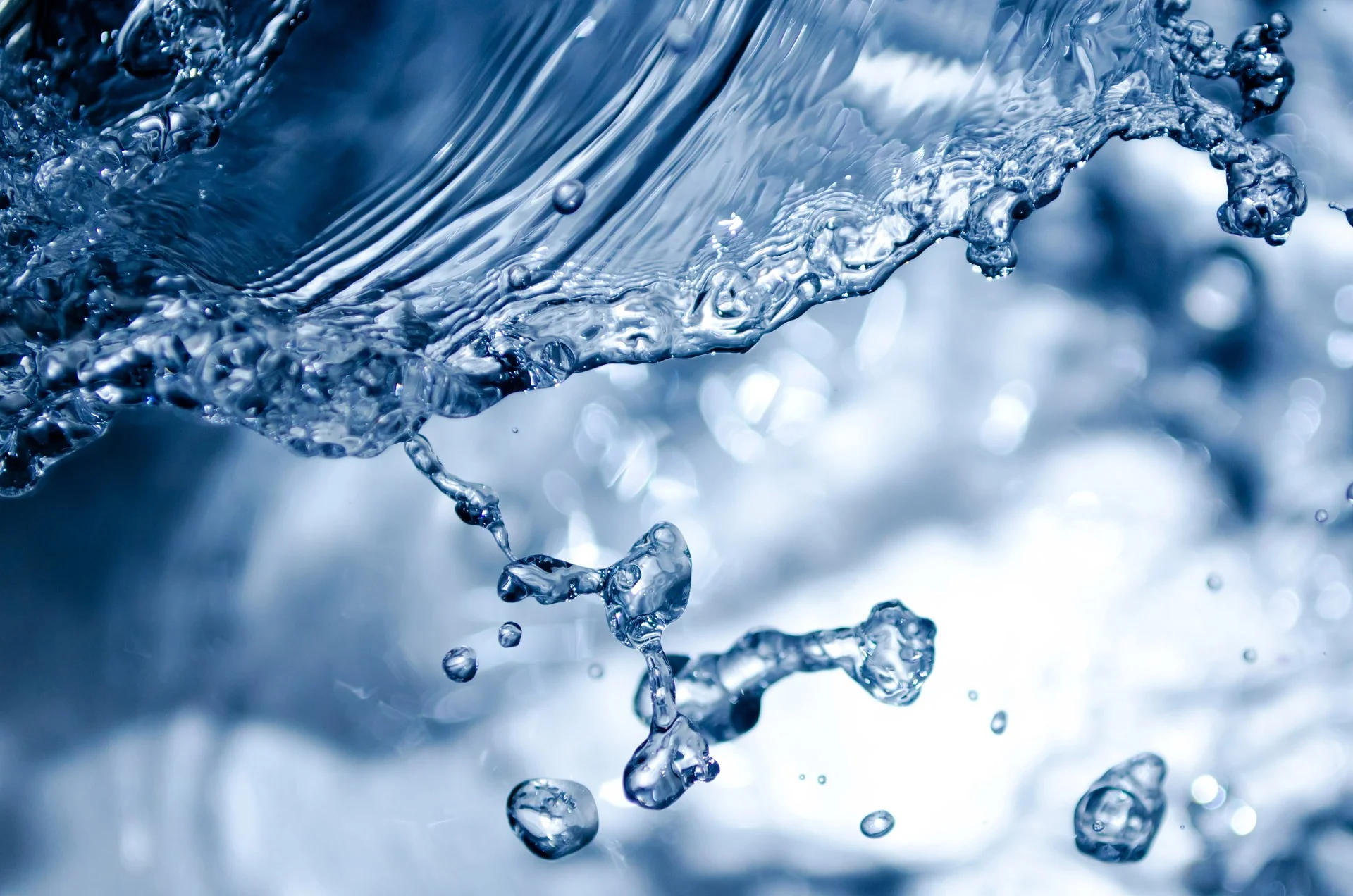The Michigan Department of Environmental Quality (MDEQ) has announced that it will be hosting workshops on the Volatilization to Indoor Air Pathway (VIAP) to provide guidance and training on Vapor Intrusion (VI). The MDEQ will be conducting four workshops throughout the state. The workshops will provide information on the concepts and fundamentals of VIAP, steps associated with investigations, collection and use of evidence, information on the USDA soil classification system, mitigation strategies, and VI sampling methodology and supplies.
CLP-Like Level 4 Data Packages and Data Validation
Many environmental projects and programs require that a laboratory provide a CLP-Like Level IV analytical data package for data reporting. A Level IV data package is a comprehensive report that allows a data validator to evaluate analytical data and determine usability, including analytical data results, quality control, and sample handling information. Level IV data packages are typically used for data validation purposes following the U.S. EPA’s National Functional Guidelines (NFG) for Data Review.
TCLP or SPLP: Project Applicability
EPA 1311 or EPA 1312? TCLP or SPLP? When selecting the appropriate leaching procedure, it basically boils down to one key question. What type of environmental project is the leaching procedure supporting? The Toxicity Characteristic Leaching Procedure (TCLP) is performed as a waste characterization method to support waste disposal efforts for RCRA-listed compounds and elements. The Synthetic Precipitation Leaching Procedure (SPLP) method is very similar to TCLP, but its project applicability differs significantly. SPLP is generally specific to soil samples and is performed to determine the potential of contaminants present in soil to leach into groundwater.
Available Cyanide by OIA 1677
An effective analytical method for determining the amount of cyanide in water and solid samples is Available Cyanide using method OIA 1677 by Ligand Exchange and Flow Injection Analysis. OIA 1677 for Available Cyanide analysis is a U.S. EPA-approved method for samples collected and analyzed in support of the Clean Water Act (CWA) , Safe Drinking Water Act (SDWA), and CERCLA/SARA (Superfund).Water samples collected for Available Cyanide require sample pretreatment in the field to remove potential interferences from sulfide.
Wastewater Discharge Monitoring and the Clean Water Act
t’s been 46 years since the Clean Water Act (CWA) was established by Congress in 1972. The CWA, the primary federal law governing water pollution, regulates the wastewater discharge of pollutants into the waters of the United States and also establishes water quality standards for the country’s surface waters. The launch of the CWA made it illegal to discharge into navigable waters any pollutant without a permit. The National Pollutant Discharge Elimination System (NPDES) was created as the permitting tool for regulating discharges.
The Synthetic Chemical 1,4-Dioxane is an Emerging Contaminant
The synthetic industrial chemical 1,4-dioxane is an emerging contaminant that the U.S. EPA considers to be a likely human carcinogenic compound. Found in groundwater at sites throughout the country, 1,4-dioxane presents a challenge to groundwater experts because it is highly mobile and does not readily biodegrade.
Proficiency Testing Programs
Merit Laboratories participates in numerous Proficiency Testing (PT) programs, routinely scoring high marks for quality. A few of the PT programs in which we participate include Water Pollution (WP), Water Supply (WS), Air & Emissions (AE), NELAC Potable Water, NELAC Non-Potable Water and Hazardous Waste, and Phenova Soil and Hazardous Waste. Over the last five years, we have averaged 98.2% for all PT programs.
NELAP Accreditation Program Overview
The National Environmental Laboratory Accreditation Program (NELAP) is a laboratory certification program that fosters the generation of data of known and documented quality. NELAP, organized by The NELAC Institute (TNI), relies on standards representing the best professional practices in the environmental laboratory industry to establish the requirements for this program. Merit maintains NELAP certification, following the standards established for this program. Merit's primary NELAP certification is through New York.
MDEQ Establishes Residential and Non-Residential Drinking Water Criteria for PFOA and PFOS
The Michigan Department of Environmental Quality (MDEQ) announced the establishment of new drinking water criterion for perfluorooctanoic acid (PFOA) and perfluorooctanesulfonic acid (PFOS). The criterion, the first of its kind in Michigan for these compounds, is set at 70 parts per trillion (ppt) for the combined concentration of PFOA and PFOS for both residential and non-residential drinking water.
Overview of the Department of Defense Environmental Laboratory Accreditation Program (DoD ELAP)
The Department of Defense Environmental Laboratory Accreditation Program (DoD ELAP) is an agreement between the U.S. Air Force, U.S. Army Corps of Engineers, and U.S. Navy for environmental laboratory accreditation and analytical testing to support DoD projects and DoD programs. The DoD ELAP, which originated in October 2009, covers environmental programs at DoD operations, activities, and installations, which also includes formerly used defense sites (FUDS). The Department of Energy (DOE) recently became part of the DoD ELAP for DOE sites and programs.













